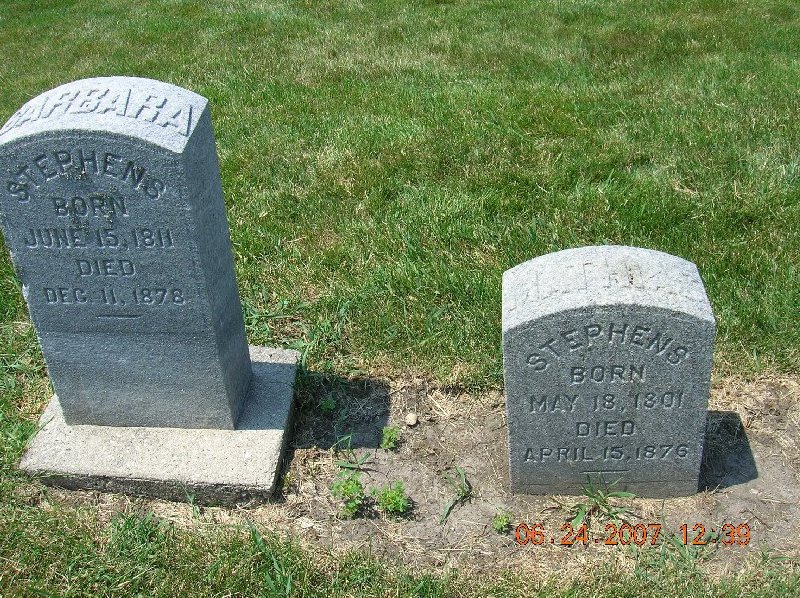John Cummings is the grandfather of Harriet Adelphia Cummings, my dad's grandma. He lived a full life that started in the Cooperstown area and ended near Trout Creek (not far from where Harriet was born). I visited these beautiful places in upstate New York a few years ago.
The new record I found today was from the "New York Town Clerk's Registers of Men Who Served in the Civil War." This record shows that John's parents were James and Mary (Cole) Cummings. John enlisted in August, 1864 when he was 44 years old and was a private in Company G, the 1st New York Volunteer Engineers. By the time he enlisted, he had fathered six children - Nancy (1846), James (1849), Emma (1852), George (1854), Charles (1857) and Louisa (1859). I always think of wars being fought by single young men, but John is a reminder that families were often left behind to manage on their own.
1st New York Engineers
In actuality, John's family didn't have to manage for too long without him as John was discharged along with the rest of his company July 3, 1865.
The 1860 census shows that John and his wife Ruth (Niles) each had their own farm land. According to the census, John's land was worth $600 while the value of Ruth's land was $1,000. Ruth formally acquired land from her father, Thomas Niles, via a deed dated August 23, 1860, recorded March 29, 1861: Bk. 53, p.673:
Thomas Niles, seller, of town Masonville, Del. Co., N.Y. to
Ruth A. Cummings, of same, sells, grants, and conveys all that certain piece of
land in said town of Masonville, 45 A. to be laid out in a square as nearly as
maybe, in the S.E. corner of lot No 60 and around 40 A. in the S.E. corner of
lot No 60, in Rappelyea pat. containing in the whole 85 A. of land, with the
appurtenances, & all the estate, title, and interest therein, of the said
party of the first part, and warrants her complete possession.
Signed, Thomas Niles
 |
| Masonville General Store, New York |
The land Thomas Niles sold to Ruth was on the lower border of the town of Masonville, in the Trout Creek area. I don't know how long she kept the land, and Ruth died sometime between 1860 and 1870.
An historic 1869 map of the township of Tompkins shows John's land. It was about 8 miles southwest of Ruth's land. If you click on the link below and zoom in to District 30 (which is green), you'll see "J. Cummings" in the lower section. (Although this is a commercial site, anyone can look at the maps for free.)
Map of Tompkins
The next link shows an overlay of the 1869 map with the current landscape. You may need to move the map to view District 30. You can change the opacity of the overlay by moving the lever on the right.
Overlay of 1869 map and current view
One more link - this time to a satellite view of the area marked to show the approximate location of John's land. The land is currently forest, which surprised me. But in researching the area, I learned it wasn't very profitable farmland, and over the years, people left the area and the land was reforested.
Current View of John Cummings' land
John remarried by 1870, but by 1875, he was a widower again. Even so, his house was full as George (20), Emma (22), Charles (18), Louisa (16), and Anna (11) were all living with John in 1875.
The 1875 New York state agricultural census shows the family was fairly prosperous. John's farm was worth $5,000. Among other crops, they harvested 80 tons of hay, 400 bushels oats, 180 bushels potatoes, 78 bushels of apples (off 150 trees), and 178 pounds of maple sugar. They had 13 milch cows and made 1400 pounds of butter. The complete list is below.
1875 Agricultural Census
Dairy farming was a main industry of Delaware County, and William Gifford, father to John's daughter-in-law Mary Jane also operated a successful dairy farm.
In 1889, John Cummings died at or near Dry Brook, likely at home. Dry Brook is a local name for the area where John lived in Tompkins. He was buried in the Cannonsville Cemetery, but his remains were moved to Hale Eddy Cemetery, Sanford, Broome Co. NY when the Cannonsville reservoir was built in the early 1960s.



































